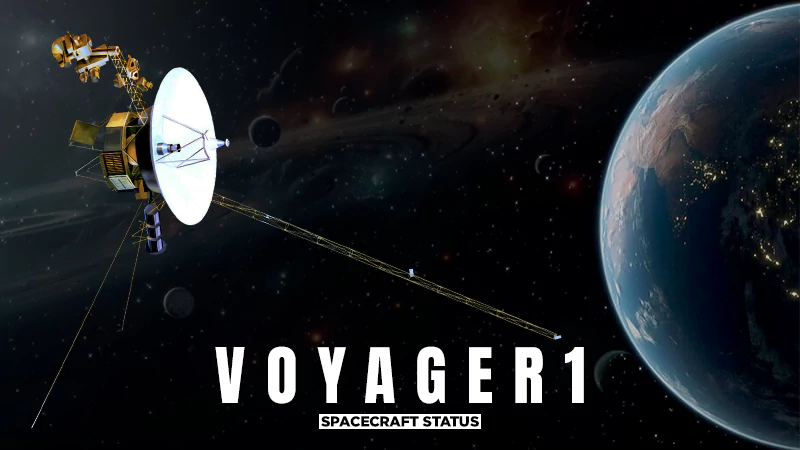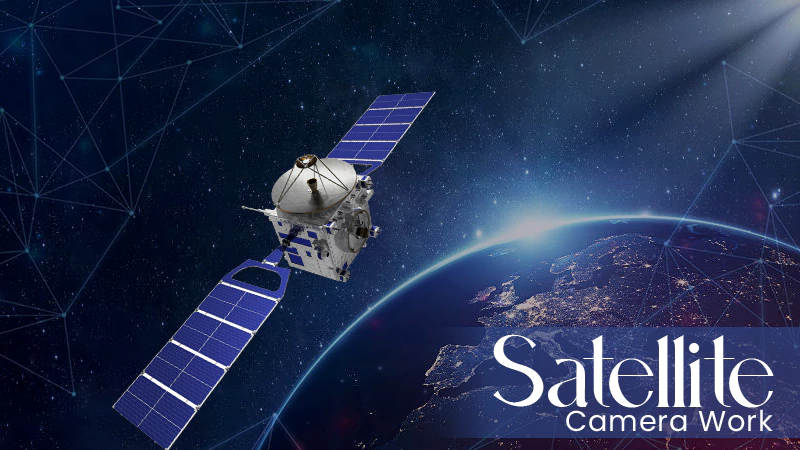Contents
- NAS vs File Server
- Key similarities and differences
- Applications and pricing
- Conclusion
The business is now focused on file servers. Small organizations prefer file servers, filling only 2 or 4 of the 6-8 bays available for installing disks. And they don’t need more. The cost of devices is enormous, and it can be difficult to purchase equipment.
So, wouldn’t it be preferable to have a pre-installed NAS file server optimized for storage? Let’s try to figure out which is better: a NAS or a file server.
NAS vs File Server
First of all, you should look at the server built on the architecture of NAS (network-attached storage). This equipment is able to cover most of the needs of small businesses.
Despite the love of many administrators for file servers (not everyone is able to set them up), NAS stubbornly pushes them in all business segments. Corporate systems are used even by large businesses that can afford any equipment. There are a number of prerequisites for such a state of affairs:
- deploying and including network file storage in the corporate network is very simple;
- horizontal scaling by adding new devices is carried out almost automatically;
- in addition, to file storage, there are many other functions (video surveillance, network access, remote access, file storage virtualization);
- the relatively low price per unit.
Of course, when choosing a device, you should carefully monitor the technical characteristics. As a rule, in NAS, all the “stuffing” is seriously cut down to reduce the cost and sharpened only for a small number of tasks. Using it as fast storage, for example, for large database analytics systems, is definitely not worth it.
The device is fully disclosed only in “its” sphere:
- file storage;
- small video surveillance servers;
- backup systems.
There is also a universal system called Unified Storage, that allows combining the functions of NAS and SAN. These storages provide both block and file access to shares. They are also easier to manage with dedicated central control software.
Now let’s take a closer look at the distinguishing features of the network data storage at the file level:
- Poor component performance. Weak processor, little RAM, which cuts off features such as replication, deduplication, and real-time backup. However, enterprise-level NAS may well have serious performance.
- “Stripped” operating system. The OS has minimal functionality, designed only for solving basic tasks. However, some operating systems for NAS can be expanded with additional modules, something like programs on a personal computer.
- If there are several NAS servers, then you can scale horizontally by clustering file storage. This allows you to combine even disparate devices into a single file system.
- Are abstracted from underlying devices in the network. It doesn’t matter what architecture, hardware, and OS other devices have. The network storage will be able to interact with them through the available interfaces.
- Are diverse. There are NAS designed for storage on solid-state drives (SSD) or hard disk drives (HDD). Some may have different network interfaces, as well as different types of RAID, including software and hardware.
The set of features is not impressive, but the NAS completely covers the needs of many business areas. Including the big one. And the cost will turn out to be much lower because most manufacturers produce storage with a pre-installed and easy-to-configure operating system, and all that is required is to connect and send it to work in a few minutes.
Key Similarities and Differences
In fact, file servers are a more diverse class of devices that can be used almost anywhere and are especially important for solving not quite trivial tasks.
Main areas of application:
- file storage;
- use of file storage for analytics;
- real-time replication, deduplication, and backup;
- creation of non-standard file bases;
- file storage virtualization.
As you can see, there are differences. NAS represents data at the file level, and the file server allows you to give block access, even mixed. Thanks to virtualization-based on one server, it is possible to place even several file storages, different in terms of parameters and methods of application.
Unfortunately, along with the possibilities, the requirements for technical support also increase. The file server will use a more efficient processor, and the more complex the task, the greater the speed of the “stuffing” will be required to close the needs of the business.
Does it justify the wide possibilities? Definitely. You can assemble the simplest file server based on a low-power processor, or you can use top-end components and build an All-Flash storage system based on the equipment. The decision is yours. But setting up and layout requires more experience, for each task you will have to individually select components, operating system, and software, which will require some experience from a specialist dealing with this issue.
If you need something that goes beyond the capabilities of the NAS, then the laurels will automatically go to the file server. In matters of building complex systems with unique requirements – the best choice.
Applications and Pricing
Perhaps few people know, but NAS devices are also applicable for installing applications. They provide roughly the same range of services as an application server, but with only basic settings and less room for any changes. In doing so, they also provide a small set of applications for users to run. At the same time, NAS device providers want their customers to use their applications and not any third-party software from other vendors and developers.
Above, we saw that there is a significant difference in functionality between file servers and NAS devices. This in turn leads to a difference in the cost of these technologies. File servers have more processing power and, as a result, are more expensive. Server system operators often require companies to purchase special licenses that give users rights to access servers. Thus, the total cost of technology increases here as well.
And as for NAS, often such software comes with the corresponding device and does not require a special and separately paid to license.
Conclusion
Yes, we just compared a beaver to a donkey. But, as you can see, for simple file storage, a NAS is perfect. Need something more advanced? Definitely a file server. For the price, NAS, as a rule, wins, therefore, if there are no serious requirements, and there is also no desire to hire an expensive specialist, then give preference to network file storage sharpened for small tasks.







